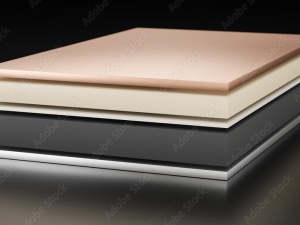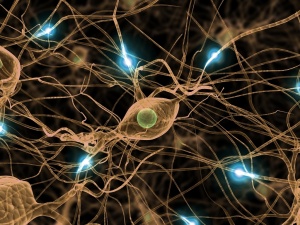Surfaces Decorated with Enantiomorphically Pure Polymer Nanohelices via Hierarchical Chirality Transfer across Multiple Length Scales
Abstract
Mesoscale chiral materials are prepared by lithographic methods, assembly of chiral building blocks, and through syntheses in the presence of polarized light. Typically, these processes result in micrometer-sized structures, require complex top–down manipulation, or rely on tedious asymmetric separation. Chemical vapor deposition (CVD) polymerization of chiral precursors into supported films of liquid crystals (LCs) are discovered to result in superhierarchical arrangements of enantiomorphically pure nanofibers. Depending on the molecular chirality of the 1-hydroxyethyl [2.2]paracyclophane precursor, extended arrays of enantiomorphic nanohelices are formed from achiral nematic templates. Arrays of chiral nanohelices extend over hundreds of micrometers and consistently display enantiomorphic micropatterns. The pitch of individual nanohelices depends on the enantiomeric excess and the purity of the chiral precursor, consistent with the theoretical model of a doubly twisted LC director configuration. During CVD of chiral precursors into cholesteric LC films, aspects of molecular and mesoscale asymmetry combine constructively to form regularly twisted nanohelices. Enantiomorphic surfaces permit the tailoring of a wide range of functional properties, such as the asymmetric induction of weak chiral systems.
Source: Image: shutterstock_1153412107






